How to Prepare Your Marketing Strategy for Voice Search
Voice search is becoming an integral part of our lives. Many people search by voice routinely when searching for directions on the go or to get quick answers.
Use of Google voice search is only expected to increase, with comScore predicting that 50% of searches will be voice-driven in the nearest future.. That’s a huge number of searches via speaking.
It’s now far more important to be in Google’s top search position rather than in the top five or 10 like in the past. But thankfully, you can use these tips to prepare and give your site and brand a competitive advantage in the voice search revolution.
Are you prepared for the voice-driven future? Here’s what you need to be doing:
What Is Voice Search SEO?
Much like traditional SEO, voice search SEO is aimed at getting your content found in Google. The difference is that voice search SEO has a much heavier emphasis on long-tail queries written the way people naturally speak.
Properly structured content is also crucial: Formatting should help the reader (and Google) easily find the information they are looking for.
How to Optimize for Voice Search
Optimize for Featured Snippets to Get Voice Search Visibility
A featured snippet is a search result that Google has selected to appear in a separate box at the top of the organic search results. You can learn more about featured snippets here.
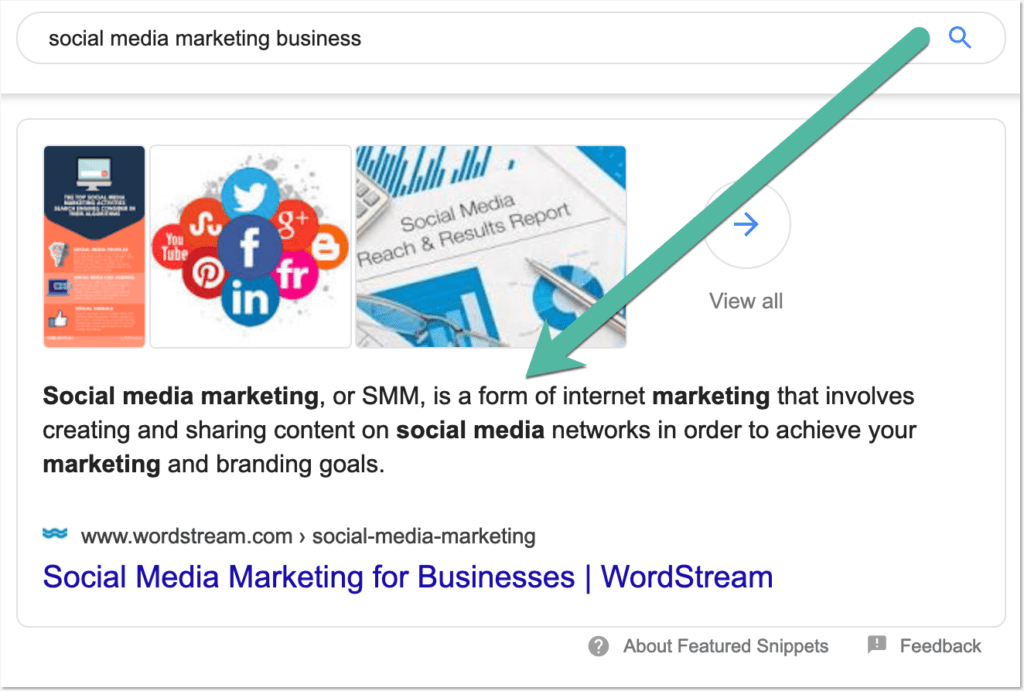
Featured snippets are key to voice search optimization because the featured snippet is the answer read out in reply to a voice search query.
If you want to optimize for voice search, then you must optimize for featured snippets.
Get the data you need for optimization with the Featured Snippet Optimization Tool. It will allow you to examine featured snippet opportunities that belong to you and to competitors.
Insert your domain into the tool and it will return rankings that display prime opportunities to optimize for Google’s featured snippets:
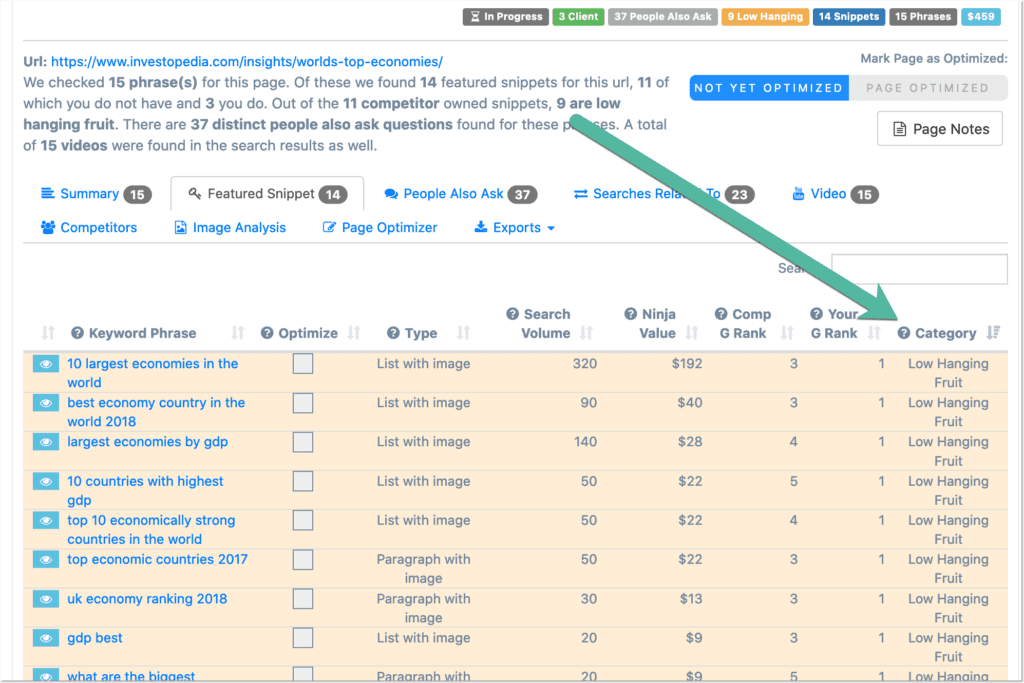
The results labeled “low-hanging fruit” are especially important: These mean that your domain outranks the domain that currently has these featured snippets. That snippet should be yours for the taking!
The snippet editor function in the featured snippet tool will help you to create well-structured content. Just click the “Create” button. Write your subheading and fill in a direct answer below. The tool will create a piece of content with a concise answer and an optimized heading.
After your snippet content is written, all you have to do is export the HTML to update your page.
You can also use tools like Ubersuggest and Ahrefs to collect and organize related terms from Google’s “Searches Related To” results, then make sure to include these in your content when possible.
Optimize for People Also Ask Boxes
“People Also Ask” box is an enhanced Google’s search elements containing follow-up questions to the current search query:
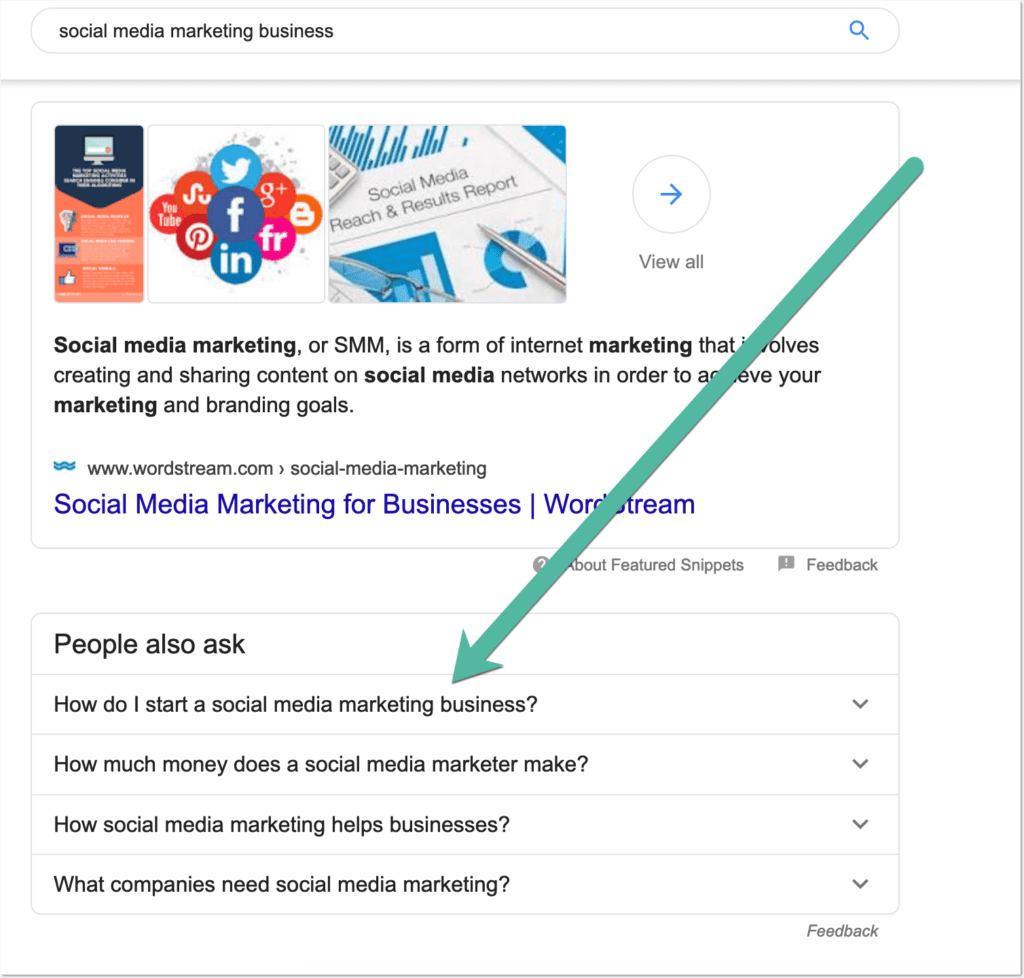
You’ll want to optimize for “People Also Ask” results because:
- This better optimizes your content for voice search.
- You’ll gain extra search visibility if you appear in the “People Also Ask” box.
- Optimizing for questions helps you understand natural language better and use your target keywords in context
AlsoAsked can help you collect and analyze question phrases and “People Also Ask” opportunities:
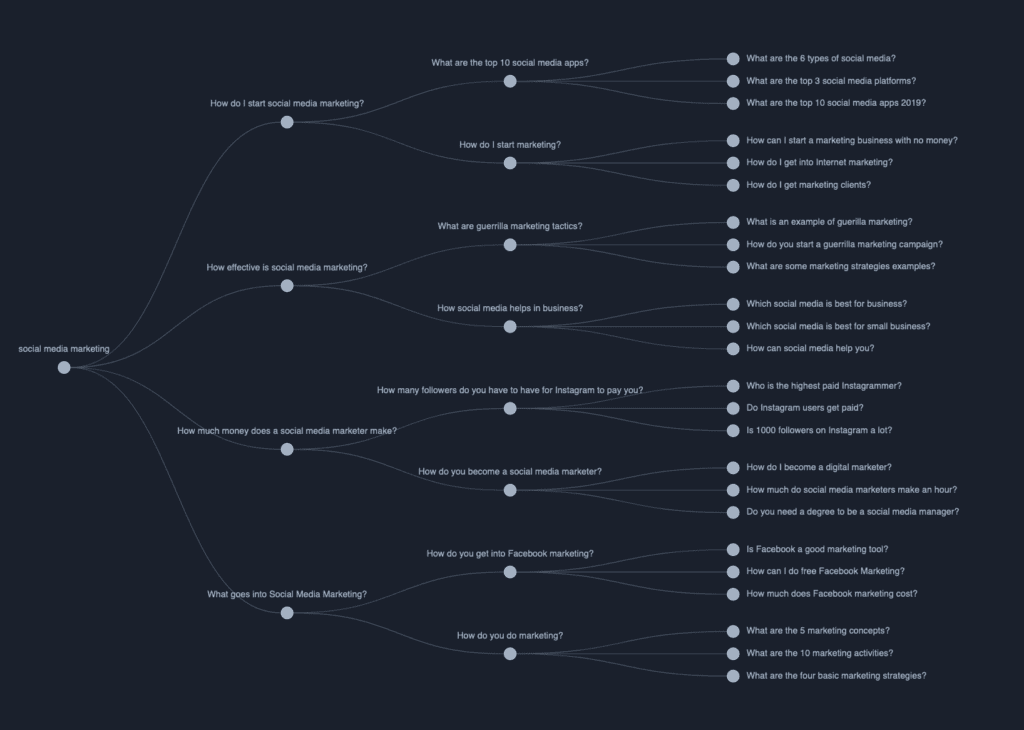
This data is easy to use. Just take these questions and add them to your content along with direct answers.
Optimize Content for Natural-Language Queries
“Natural language” refers to spoken queries being less predictably worded than written ones. You’ll have to consider the different ways a query can be stated, then incorporate synonyms and related terms to help the content rank for more queries.
Text Optimizer helps you explore your target queries in their semantic context and build sentences based on that context. This is a great way to optimize for context and natural-language queries rather than standalone keywords:
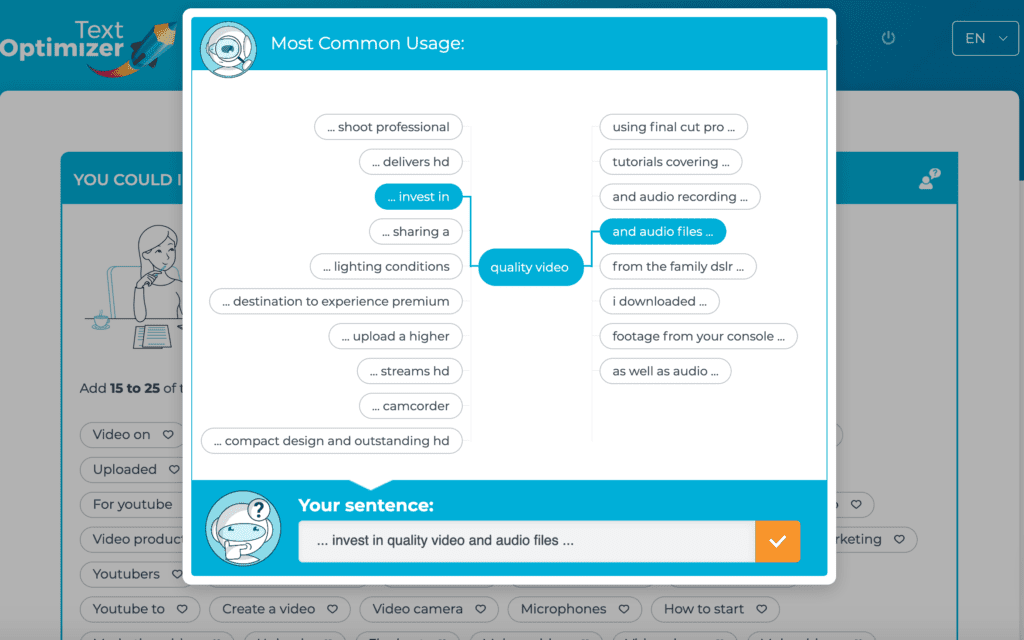
Make Changes to Your Site
It is not all about making changes to your content optimization routine. Voice search optimization involves several technical tweaks:
First and foremost, make your site fast and mobile-friendly as most voice search users user mobile devices. Your site should be fully responsive. Remember voice search users are likely to be accessing your site on the go or in the middle of the task: They will leave immediately unless your page loads fast or fails to perform.
Use Finteza to assess and monitor your site speed and performance. It provides customer-driven reports showing exactly which part of your site your actual visitors were struggling with for you to push important changes:
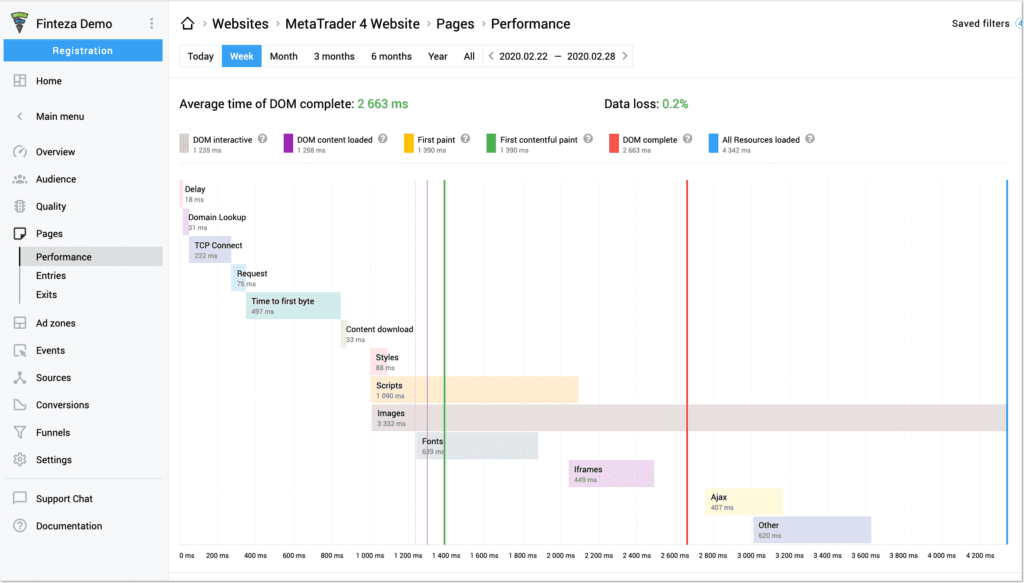
On top of that:
- Add voice search capability to your site to encourage your visitors to keep interacting with your site rather than leaving back to Google
- Use Google’s Speakable to have searchers listen to your own voice explanations when they perform voice-driven search
Voice-empowered future is upon us, but the good news optimizing for voice is doable. I hope the above tips will turn helpful!









